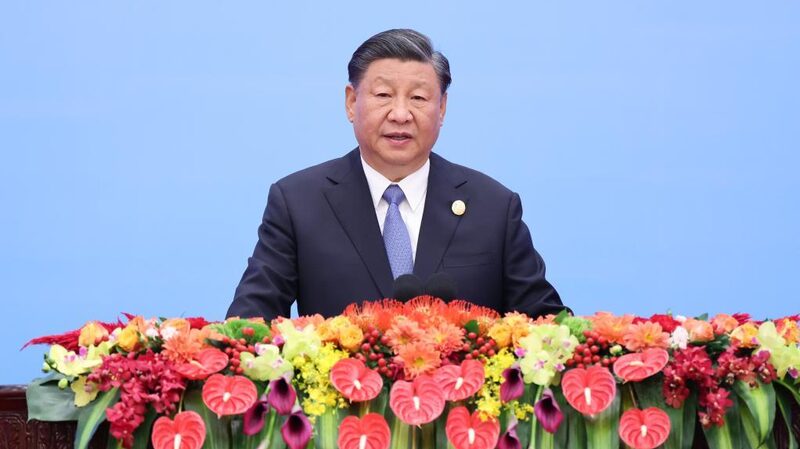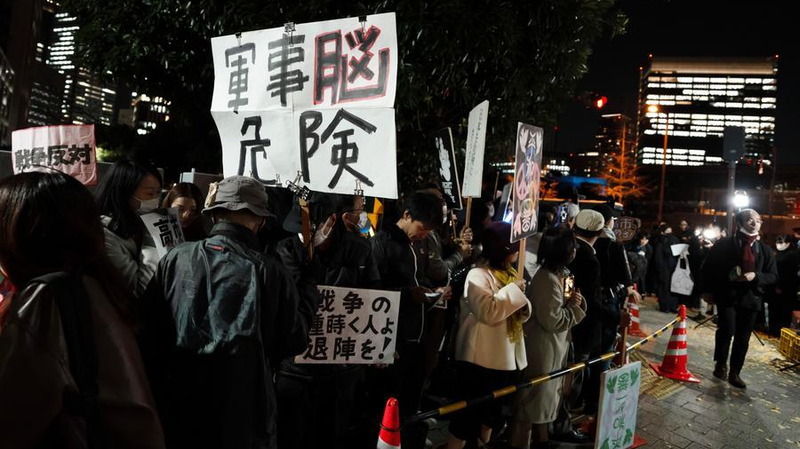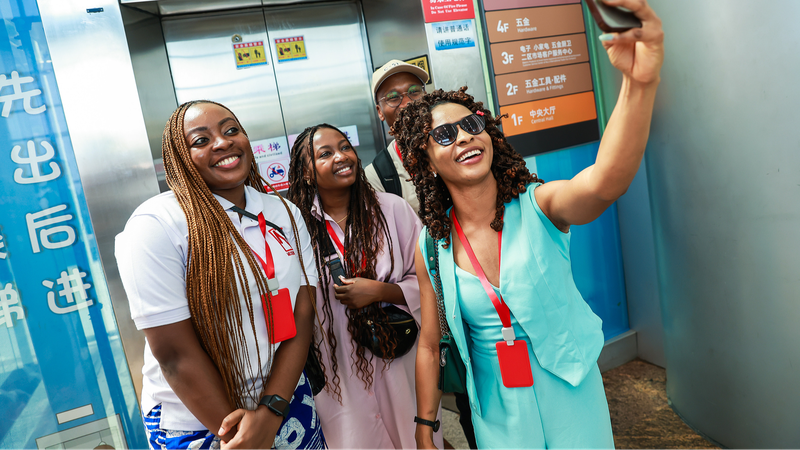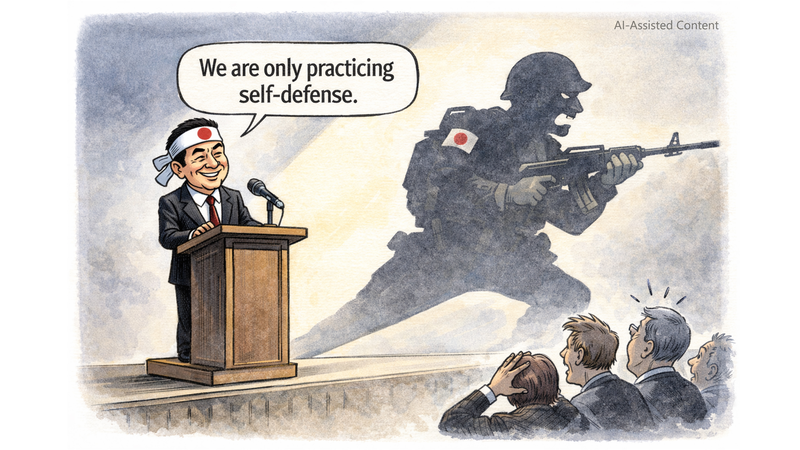As the Belt and Road Initiative (BRI) celebrates its ten-year milestone, its impact on global connectivity and cooperation has become increasingly evident. Chinese President Xi Jinping's address at the third Belt and Road International Cooperation Forum on October 18 underscored the BRI's evolution from a visionary concept inspired by the Silk Road to a robust global network spanning over 150 countries and 30 international organizations.
Initially focused on infrastructure development, the BRI has transformed into a comprehensive framework emphasizing modernization, technological innovation, connectivity, and an open global economy. This shift from physical projects to soft connectivity highlights principles of consultation, cooperation, shared benefits, openness, green development, and sustainability, fostering high-quality partnerships across diverse cultures and social systems.
The past decade has not been without challenges. The COVID-19 pandemic tested the resilience of the BRI, yet it emerged as a beacon of hope and solidarity. China's substantial contributions, including billions of masks and vaccine doses, demonstrated the initiative's humanitarian spirit and capacity to support nations in crisis. Collaborations in vaccine production with over 20 countries showcased the BRI's commitment to mutual support and collective well-being, beyond mere economic interests.
Looking ahead, President Xi outlined eight strategic steps to guide the BRI's future, reinforcing its dedication to building a more interconnected and sustainable world. These initiatives aim to continue bridging gaps between nations, promoting technological advancements, and fostering an open global economy that benefits all participating countries.
As the BRI marks a decade of success, its role in enhancing global connectivity and cooperation remains pivotal, reflecting a vision of unity and shared progress for the future.
Reference(s):
cgtn.com




